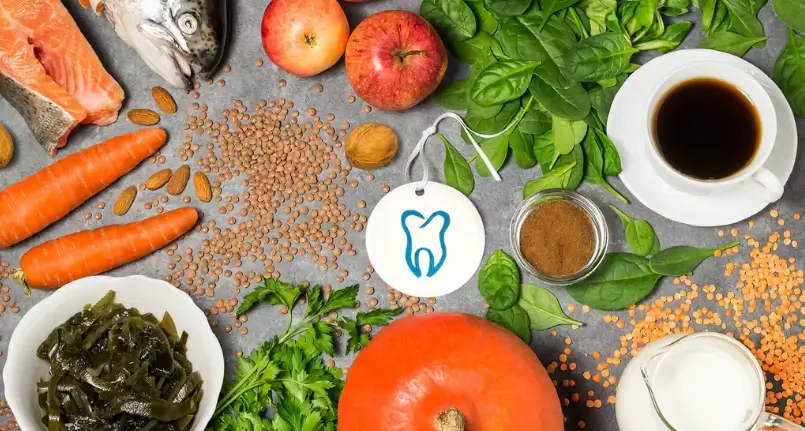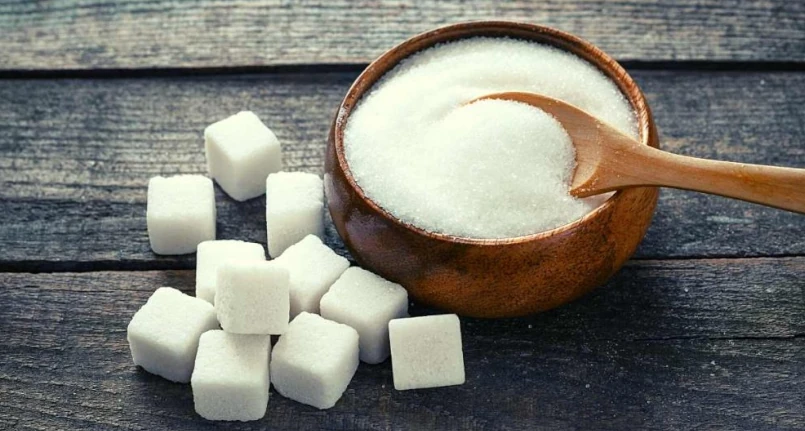Teeth are hard appendages positioned inside the oral cavity; they are considered real organs, as they are composed of living tissue, vascularizations and nerve endings. Their main function is to grab, chop and chew food; secondly, they also play the role of phonetic modulators.
In humans there are 28 or 32 (depending on the presence or absence of third molars, called ” wisdom teeth “) and their structure is organized as follows: the portion that emerges from the gum is called the crown, while that hidden by the same and which settles in the bone is called a root. Externally, enamel (hard tissue) is placed only on the crown ; below it, the tooth is formed by a layer of dentin, which is in turn covered by a thin layer of cement. In the innermost lodge, the pulp can be distinguished, in which the feeding vessels and the sensory nerves circulate .
Teeth and Health
The teeth, or rather the locking of the jaw on the jaws, also play a rather important role in maintaining posture . It may seem strange but, if the upper and lower arches do not match, an alteration of the stabilizing muscle contractions can occur , with repercussions (of varying severity) on the position of the spine .
Last but not least, teeth can be a source of direct access for bacteria to the bloodstream.
Quite rare, but still possible, are septicemic infections originating from a very trivial (but neglected) dental caries (which we will discuss more in the following paragraph). We remind you that, although caries represents a rather common and (generally) NOT serious disorder, septicemic infection can instead be so serious as to lead the individual to death. Some studies have even linked poor oral hygiene with an increased risk of developing cardiovascular disease , such as a heart attack .
Acids and Bacteria
If the teeth represent a determining factor for the nutrition of the human being, also the diet can facilitate or compromise the integrity of these organs. The most frequent complication is certainly dental caries . This is due to a combination of several factors; it is defined as the erosion of the dental enamel which, if left untreated, leads to bacterial contamination first of the dentin and then of the dental pulp. In the latter case it is common for the infection to lead to the formation of an abscess , or rather a bag of pus ; the abscess can give rise to the aforementioned septicemic infection.
Enamel erosion mainly results from 3 factors:
- Thickness (genetically determined)
- Saliva pH (must be alkaline to compensate for the acidity of the mouth)
- Residual acids.
If for the first two points it is not possible to intervene, for the third there is a series of expedients aimed at favoring a greater conservation of the teeth. These acids, capable of affecting dental malt , derive both from the natural composition of foods and from the physiological bacterial fermentation of the oral cavity; the predominant strains are: streptococci , lactobacilli , corynebacteria, actinomycetes, staphylococci and some anaerobes. Among all, it seems that those most responsible for acid production are the lactobacilli. The substrate preferred by these microorganisms is certainly that of carbohydrates , in particular simple ones or less complex. It is therefore necessary to bear in mind that:
- The simple sugars of the diet must constitute a minor portion compared to the total carbohydrates (from 10 to 16%)
- At the end of each meal it is advisable to perform a good dental cleaning , which increases the level of oral hygiene.
As far as food acids are concerned, however, they are present above all in acidic products. This is the case of malic acid (especially in apples ), of ascorbic acid ( vit. C ), of citric acid ( citrus fruits ), of tartaric acid ( grapes , wine , etc.), of phosphoric acid (coca cola ), acetic acid ( vinegar ), lactic acid ( yoghurt ), etc.
Having a corrosive action on the enamel, some of these acids present in the diet also have a whitening effect . Obviously, their use for whitening ( lemon juice , apple vinegar, etc.) must provide for correct dilution and the right method of application. By making excessive use of it, the probability of serious erosion of the enamel would greatly increase.
Hence, some professionals also recommend NOT using the toothbrush before 20-60′ after the end of the meal. This is due to the fact that the acids contained in foods are in full erosive function and the application of a mechanical friction would increase their demineralization capacity ; therefore, it is best to allow sufficient time for saliva to buffer the pH of the mouth .
Diet and Nutrients
It should be remembered that the chemical composition of tooth enamel is almost entirely based on calcium (similar to bones ) and that fluoride plays a fundamental role in its fixation process. It is therefore deducible that a diet deficient in these minerals , as well as compromising skeletal density , can negatively affect the maintenance of the enamel.
Note . Fluoride seems to have a protective action on teeth even for topical use!
For the integrity of the gums , however, it is advisable to make sure that the diet is NOT deficient in: magnesium , zinc , iron , manganese , selenium , vit. C and vitamin And . The gums cover the lower portion of the tooth, the one without enamel; these, if set back , promote the settling of food residues and expose the most delicate points of the tooth to bacteria and food acids. A little research on gum health has shown that consumers of good portions of yogurt, aka dairy products containing lactobacilli, they seem less affected by gum disease; in practice, although lactic acid can be erosive for the enamel, the presence of PHYSIOLOGICAL bacteria tends to preserve the tissues from the harmful action of pathogenic microorganisms (similarly to what happens in the intestinal mucous membranes and reproductive organs).
Finally, remember that, for “physical” or consistency reasons, certain foods favor the onset of dental caries more than others. This is the case of semi-liquid and/or sticky products (e.g. syrups, toppings, candies, pasteurized honey , hazelnut cream , etc.) and those that are mushy or become mush immediately after chewing ( jams , crackers , biscuits , rusks , etc.); these, by adhering and leaving more residue on the teeth, favor the proliferation of bacteria and the formation of acids. Conversely, harder foods ( hazelnuts , almonds , walnuts , carrots , fennel , celery , etc.) favor the USE of the teeth and leave less residues that can be fermented by bacteria in the oral cavity.




